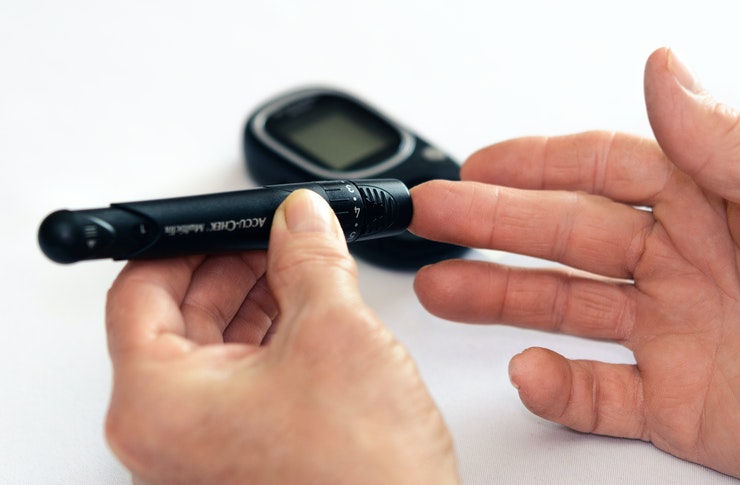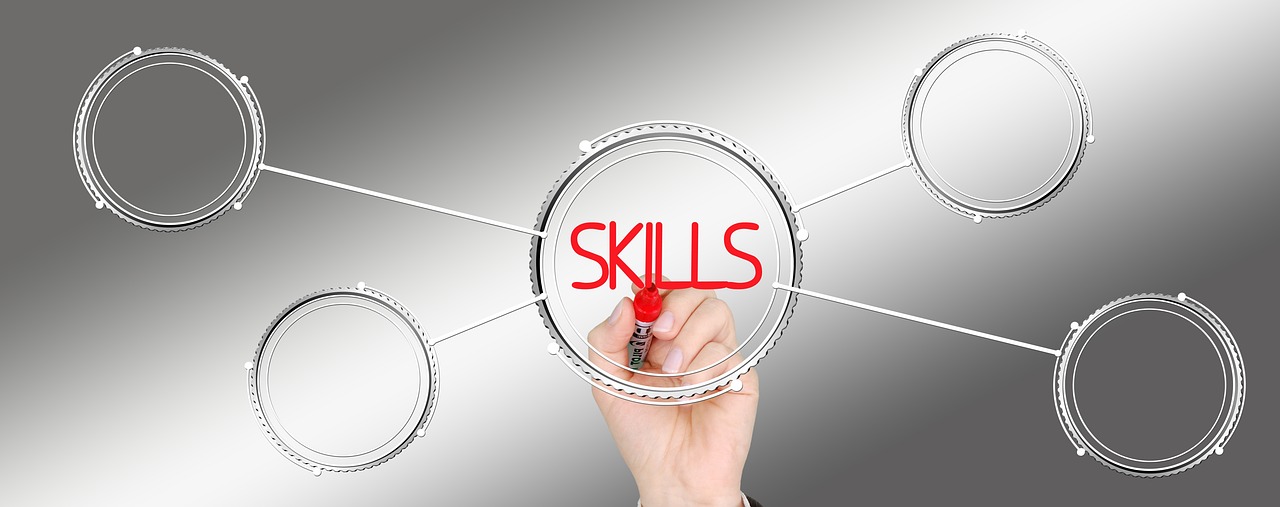Government Programs Offering Access to Wearable Glucose Monitors
Wearable glucose monitors have transformed diabetes management by providing continuous, real-time blood sugar tracking without constant finger pricks. For many people living with diabetes, these devices offer critical insights that help prevent dangerous fluctuations and improve overall health outcomes. However, the cost of these advanced medical devices can be a significant barrier. Fortunately, various government programs and public health initiatives now provide access to continuous glucose monitors for eligible individuals, making this life-changing technology more accessible than ever before.

Managing diabetes effectively requires consistent monitoring of blood glucose levels, and continuous glucose monitors have emerged as a game-changing tool in this effort. These small, wearable devices provide round-the-clock tracking of glucose levels, offering users and their healthcare providers valuable data to make informed treatment decisions. While the technology has been available for years, access has often been limited by high costs and insurance coverage gaps. Today, government-funded programs and public health initiatives are working to bridge this gap, ensuring that more people can benefit from continuous glucose monitoring regardless of their financial situation.
What Do CGMs Actually Do?
Continuous glucose monitors are small sensors worn on the body, typically on the abdomen or arm, that measure glucose levels in the interstitial fluid just beneath the skin. Unlike traditional blood glucose meters that require multiple finger pricks throughout the day, CGMs automatically check glucose levels every few minutes, creating a comprehensive picture of how blood sugar changes throughout the day and night. The data is transmitted wirelessly to a receiver or smartphone app, allowing users to see their current glucose level, trends, and patterns at a glance. This continuous stream of information helps people with diabetes understand how food, exercise, medication, and stress affect their blood sugar levels. The technology is particularly beneficial for those with Type 1 diabetes, though it is increasingly recommended for people with Type 2 diabetes who use insulin or struggle with glucose control.
Real-Time Alerts Can Prevent Emergencies
One of the most valuable features of continuous glucose monitors is their ability to send alerts when glucose levels become dangerously high or low. These real-time notifications can be lifesaving, especially during sleep when hypoglycemia might otherwise go undetected. Users can set customizable thresholds that trigger alarms, giving them time to take corrective action before a medical emergency occurs. For parents of children with diabetes, this feature provides peace of mind, as they can monitor their child’s glucose levels remotely and receive alerts if intervention is needed. The predictive capabilities of modern CGMs can also warn users when their glucose is trending toward unsafe levels, allowing for proactive management rather than reactive treatment. This early warning system has been shown to reduce the frequency of severe hypoglycemic events and improve overall glycemic control, leading to better long-term health outcomes and reduced risk of diabetes-related complications.
Cost Coverage Through Public Health Programs
The cost of continuous glucose monitors and their supplies can be substantial, with devices ranging from several hundred to over a thousand dollars, plus ongoing expenses for sensors that need replacement every one to two weeks. Recognizing the medical necessity and health benefits of CGMs, various government programs have expanded coverage to include these devices for eligible individuals. Medicare, for instance, now covers continuous glucose monitors for beneficiaries with diabetes who meet specific criteria, including insulin use and frequent blood glucose monitoring. Medicaid coverage varies by state, but many states have expanded their programs to include CGMs for qualifying recipients. The Veterans Health Administration also provides access to continuous glucose monitoring for eligible veterans with diabetes. Additionally, some state-specific health programs and federally qualified health centers offer assistance with obtaining CGMs for uninsured or underinsured individuals. Eligibility requirements typically include a diabetes diagnosis, insulin therapy, and demonstration of the medical necessity for continuous monitoring. Healthcare providers can help patients navigate the application process and determine which programs they may qualify for based on their individual circumstances.
| Program/Provider | Eligibility | Coverage Details |
|---|---|---|
| Medicare Part B | Age 65+, insulin users with frequent testing | Covers CGM devices and supplies with 20% coinsurance after deductible |
| Medicaid | Low-income individuals, varies by state | Coverage varies; many states cover CGMs for insulin-dependent diabetes |
| Veterans Health Administration | Eligible veterans with diabetes | Provides CGMs based on clinical need and VA healthcare enrollment |
| State Health Programs | Varies by state and income level | Some states offer assistance through diabetes management programs |
Prices, rates, or cost estimates mentioned in this article are based on the latest available information but may change over time. Independent research is advised before making financial decisions.
Designed for Everyday Support
Modern continuous glucose monitors are designed with everyday life in mind, offering discreet, comfortable wear that does not interfere with normal activities. Most devices are water-resistant, allowing users to shower, swim, and exercise without removing them. The sensors are small and thin, easily concealed under clothing, and the adhesive patches are designed to stay secure for the duration of the wear period. Smartphone integration has made CGM technology more user-friendly than ever, with intuitive apps that display data in easy-to-understand graphs and charts. Many systems also allow data sharing with family members, caregivers, and healthcare providers, facilitating better collaborative care. The convenience of continuous monitoring eliminates the need for frequent finger pricks, reducing the daily burden of diabetes management and improving quality of life. For many users, the ability to see their glucose levels at any time provides a sense of control and confidence that was previously difficult to achieve with traditional monitoring methods.
Conclusion
Government programs offering access to wearable glucose monitors represent a significant step forward in diabetes care equity. By reducing financial barriers and expanding coverage, these initiatives ensure that more people can benefit from the health advantages of continuous glucose monitoring. As technology continues to advance and awareness grows, the availability of CGMs through public health programs will likely continue to expand, offering hope and improved outcomes for millions of people living with diabetes. For those who qualify, these programs provide not just a medical device, but a tool for empowerment, safety, and better long-term health.
This article is for informational purposes only and should not be considered medical advice. Please consult a qualified healthcare professional for personalized guidance and treatment.




